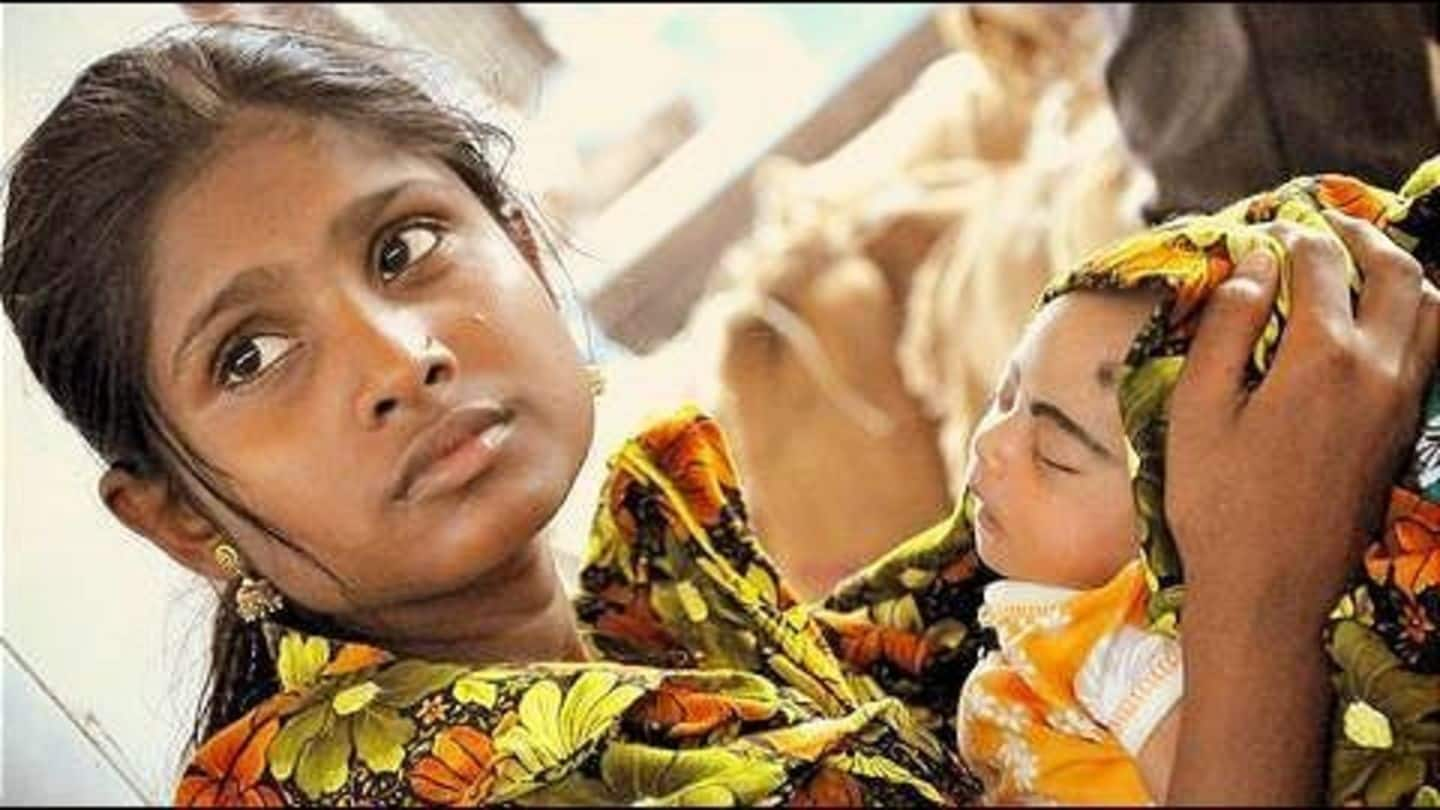
Child marriages in India on rise; 12 million marriages recorded
What's the story
12 million child marriages were recorded in India in 2001-11; 5 million victims were girls and 7 million were boys revealed a report.
The survey identified 70 districts across 13 states where an increased number of child marriages were recorded.
The report was jointly prepared by National Commission of the Protection of Child Rights (NCPCR) and child rights NGO Young Lives.
Child Marriages
What are child marriages?
The marriage entered into by individuals below the prescribed legal marriageable age is called child marriage.
The legal marriageable age for girls and boys in India is 18 years and 21 years respectively.
Child marriages affect both boys and girls physically and mentally.
Reasons for child marriages include dowry, poverty, traditions, illiteracy, religious or social customs, and pressures.
Confusion
Do Indian laws recognize child marriage?
According to Supreme Court judge Justice AK Sikri, conflict between laws concerning marriage creates confusion for the authorities.
He said if two minors elope and have a child, the marriage isn't void under the Hindu Marriages Act.
However, the Indian Penal Code recognizes marriages even between children below the age of 15.
Some laws recognize child marriage while some don't.
Quote
NCPCR Chairman's statement
While releasing the report, Stuti Kacker, the Chairman of NCPCR, said the statistical analyses of the 2011 Census data would help "state(s) look for suitable schemes to bring down the numbers."
Highest Numbers
Survey of 70 districts with highest incidences of child marriages
Of the 70 districts, seven districts in Rajasthan recorded the highest number of child marriages among girls while 14 districts in Maharashtra have the most such among boys.
These 70 districts account for over 14% of India's population below the marriageable age and 21% of child marriages.
However, the report noted there has been an overall decline in such marriages in India.
Rajasthan, Maharashtra
Districts that showed an increase in child marriages
Districts in Rajasthan, including Ajmer, Rajsamand, Tonk, Jhalawar, Dausa, Bundi, Alwar, Bhilwara, showed an increase in child marriages in 2001-11.
In Maharashtra, districts like Ahmednagar, Bhandara, Chandanpur, Dhule, Pune, Sangli, Jalgaon, Jalna, Kolhapur, Latur, Mumbai, Mumbai Suburban, Prabhani, Satara, Sindhudurg and Thane showed an increase.
Bhandara recorded a five-fold increase in such marriages among girls and twenty-fold increase among boys.
Quote
Prevalence of child marriage
Rakesh Srivastava, Women and Child Development Ministry's Secretary, stated, "Our Ministry's National Plan of Action for Children (NPAC), 2016, has a goal to reduce prevalence of child marriage for girls to 15% by 2021 in National Family Health Survey (NFHS) V."